Discover foolproof methods for preserving open wine. Learn to use vacuum pumps, inert gases, and home techniques to...
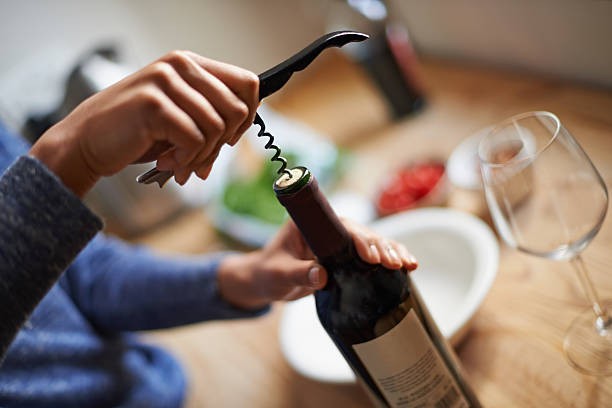
Leftover Open Wine? The Definitive Guide to Preserving and Enjoying It Days Later
We've all been there. You open a bottle of wine for a special dinner but only drink a couple of glasses. The next day, you find that half-finished bottle on the counter and think: "Will it still be good?" The answer is a conditional yes, but an open bottle of wine doesn't have to turn into vinegar in 24 hours.
The battle against time and oxygen begins the very moment you uncork the bottle. The enemy is invisible but relentless: the oxygen in the air that starts an oxidation process which, minute by minute, dulls the aromas and flattens the wine's flavors.
But all is not lost. With the right techniques, you can extend the life of your open wine from a few days to several weeks, allowing you to enjoy that special bottle at different times without rush. In this comprehensive guide, we will explore the science behind preservation and provide you with practical methods for every type of wine and budget.
And you will also know the wines to buy online that we have available in our online wine store, the most careful and at the best price you can get.
Understanding the Enemy: Why Does Wine Spoil?
To learn how to preserve open wine, we must first understand what processes occur once oxygen comes into contact with the wine.
Oxidation is the primary process affecting open wine. When wine is exposed to air, oxygen begins to react with its components: tannins soften excessively, fruity aromas evaporate, and flat or vinegar-like notes appear. It's a process similar to when you cut an apple and it turns brown: the flavor changes irrevocably.
Another less known but equally important process is the loss of volatile compounds. The aromas we love in a wine - those notes of fruits, flowers, or spices - are volatile chemical compounds that escape into the air once the bottle is open. Over time, the wine becomes less aromatic, more "muted."
Not all wines behave the same way when exposed to oxygen. Young, tannic wines usually withstand oxidation better than old, delicate wines. Wines with higher acidity and alcohol content also tend to have greater longevity once opened.
Professional Methods: Technology Serving Wine
If you truly value your wines and want to preserve them in the best possible condition, these methods used by restaurants and sommeliers will be your best allies.
The Vacuum System: The Effective Classic
This method uses a manual pump to extract air from the bottle, creating a partial vacuum that significantly slows down oxidation.
- How it works: A special stopper is placed in the bottle's neck and a pump is used to extract air through a valve. The result is an environment with less oxygen available to react with the wine.
- Advantages: It's economical, easy to use, and can extend the wine's life by 2 to 4 days. It's especially effective for young reds and structured white wines.
- Disadvantages: It can extract some volatile aromas along with the air and is not ideal for very old or delicate wines.
Inert Gases: The Professional's Method
This is, without a doubt, the most effective technique for preserving open wines. It uses argon gas, nitrogen, or a mixture of both to create a protective layer over the wine.
- How it works: The gas, which is heavier than air, is sprayed into the bottle forming an invisible "blanket" that separates the wine from oxygen. Since these gases are inert, they do not react with the wine.
- Advantages: It preserves the wine practically unchanged for 1-2 weeks, even longer for some wines. It does not negatively affect the aromas.
- Disadvantages: The initial cost is higher, and it requires periodically buying gas cartridges.
Home Solutions and Practical Tips
You don't need special equipment to significantly improve the preservation of your open wines. These tips can make a noticeable difference.
The Smaller Bottle is Your Best Ally
Transferring leftover wine to a smaller bottle is probably the most effective home method. By drastically reducing the headspace (the "chamber" between the wine and the stopper), you minimize the amount of oxygen available to oxidize the wine.
How to do it: Get empty 375 ml (half-bottle) or even 187 ml bottles. Clean them well and dry them completely. Pour the leftover wine almost to the brim and seal it tightly. You can easily gain 3-4 days of shelf life with this simple method.
The Refrigerator is Your Friend (Even for Reds)
Storing open wine in the refrigerator is beneficial for all types of wine, without exception. Low temperatures slow down chemical reactions, including oxidation.
- For red wines: Take them out of the fridge 30-60 minutes before serving to allow them to reach their ideal drinking temperature.
- For white and sparkling wines: Simply take them out a few minutes before serving.
- The Type of Stopper Matters
Screw caps are inherently better for preserving open wines than natural corks. If you have a bottle with a cork, make sure to reinsert it firmly. If the original cork is damaged, use a silicone stopper or a glass one that seals hermetically.
Quick Guide by Wine Type
Each wine has its particularities. This table will help you know what to expect and how to act:
Young, Tannic Red Wines
- Expected Duration: 3-5 days
- Best Method: Vacuum or smaller bottle
- Note: These wines can even open up and improve slightly during the first 24 hours.
Old or Delicate Red Wines
- Expected Duration: 1-2 days
- Best Method: Inert gas
- Note: They are the most vulnerable. Preferably consume them the next day.
White and Rosé Wines
- Expected Duration: 3-7 days
- Best Method: Refrigerator + smaller bottle
- Note: Their higher acidity acts as a natural preservative.
Sparkling Wines
- Expected Duration: 1-3 days
- Best Method: Special stoppers for sparkling wines
- Note: They lose their bubbles quickly. A pressure-sealing stopper is essential.
Fortified and Sweet Wines
- Expected Duration: 2-4 weeks
- Best Method: Refrigerator + airtight stopper
- Note: Their high alcohol or sugar content makes them more stable.
The Most Common Mistakes to Avoid
Leaving the bottle on the counter at room temperature: This is the most common and most harmful mistake. Heat accelerates all degradation processes.
- Not re-corking the bottle immediately: Every minute the bottle remains open, you are losing aromas and accelerating oxidation.
- Storing the bottle near heat or light sources: The refrigerator is the coolest and most stable place in the house. Make use of it.
- Assuming all wines last the same: A young Cabernet Sauvignon will not behave the same as a delicate 10-year-old Pinot Noir.
What If the Wine is Already Too Oxidized?
Sometimes, despite our best efforts, the wine goes bad. But an oxidized wine doesn't have to end up down the drain. Here are some creative uses:
- Cooking: Oxidized wine is perfect for stews, sauces, and marinades. A general rule: if you wouldn't drink it, don't use it for cooking, but a slightly past-its-prime wine can add depth to your dishes.
- Vinegar: If the wine shows clear signs of turning to vinegar, you can convert it into homemade vinegar by adding a "vinegar mother."
- Natural disinfectant: Spoiled wine can be used to clean surfaces or as diluted fertilizer for acid-loving plants.
Our wines: Quality that lasts
At Vinos de Alicante, we select wines that not only stand out for their quality at the moment of opening but also for their ability to evolve and resist. Our careful selection prioritizes well-structured wines, with sufficient acidity and tannins to offer a satisfying experience even days after being opened.
When you choose a wine from our store, you are acquiring a product with the necessary structure to withstand the passage of time better, whether in a sealed bottle or once opened. We work with wineries that understand that modern consumption doesn't always mean finishing the bottle in one sitting.
An open bottle of wine is not a terminal patient, but a companion that deserves a second chance. With these techniques, you can enjoy your favorite wines at your own pace, without pressure and without wasting a single drop of quality.
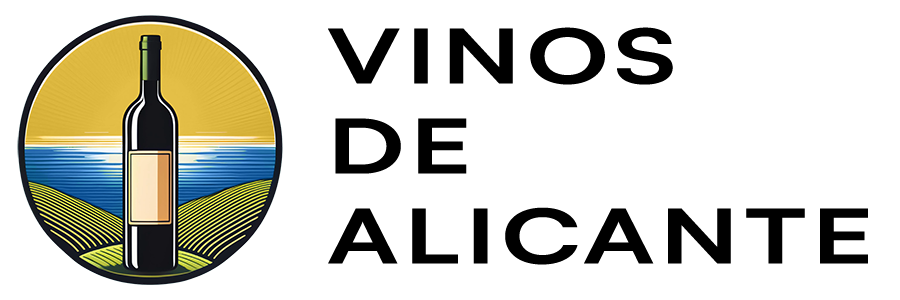
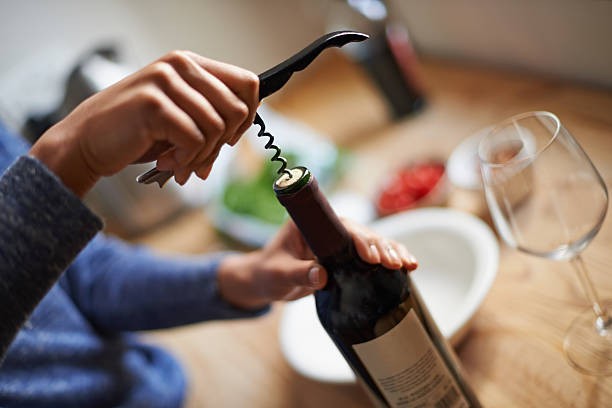
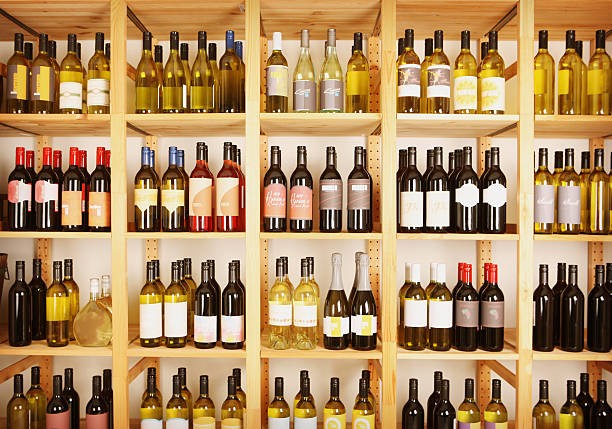
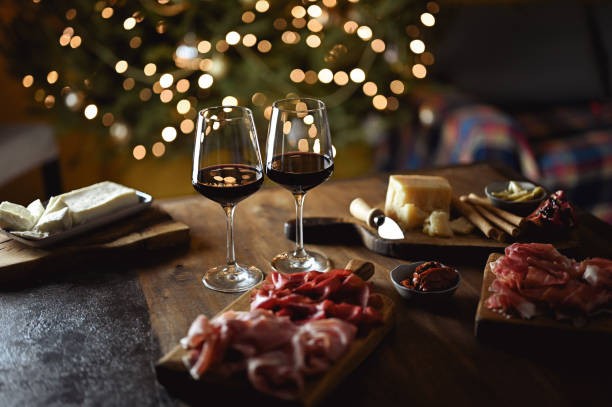
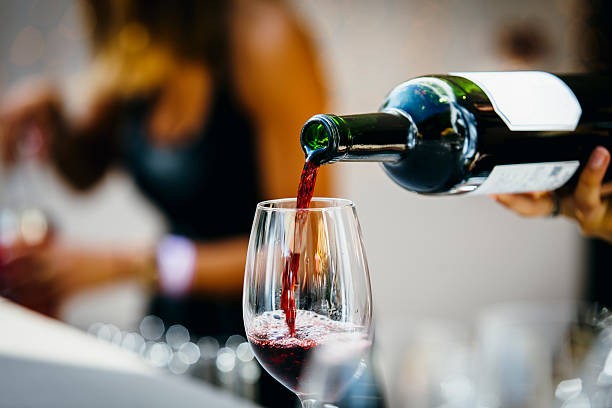
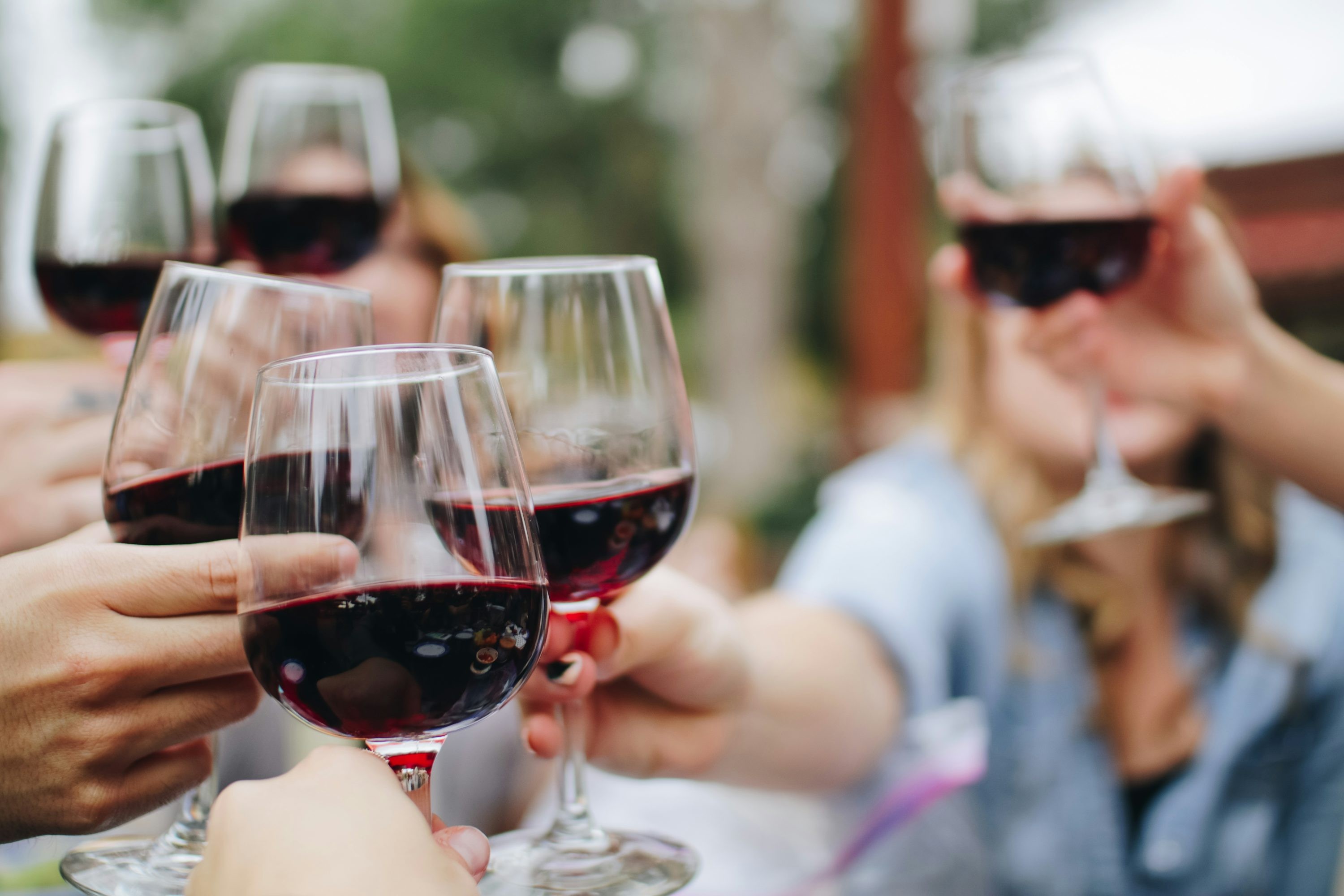

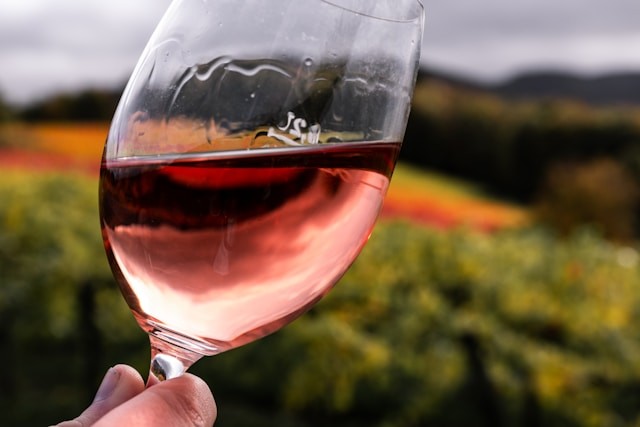
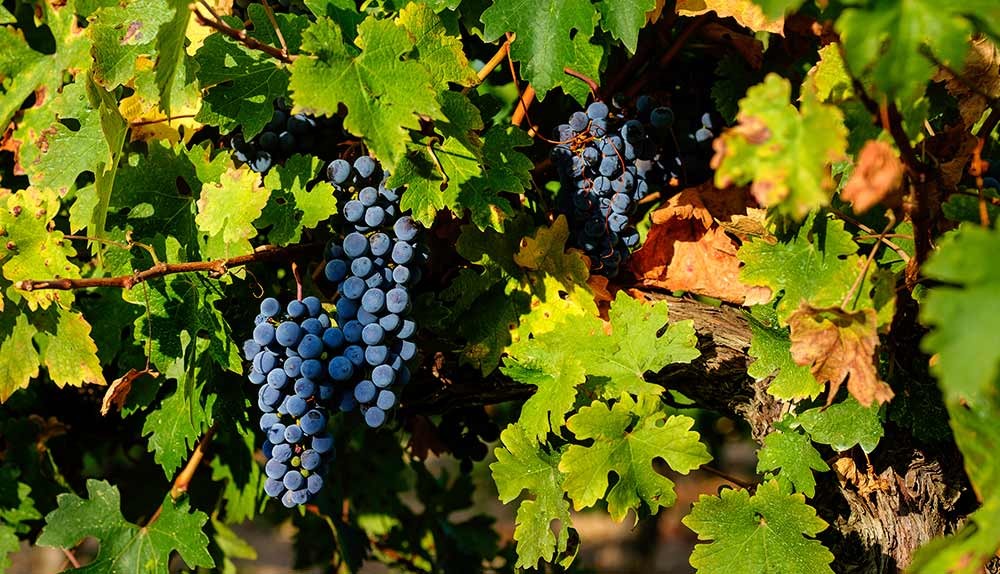
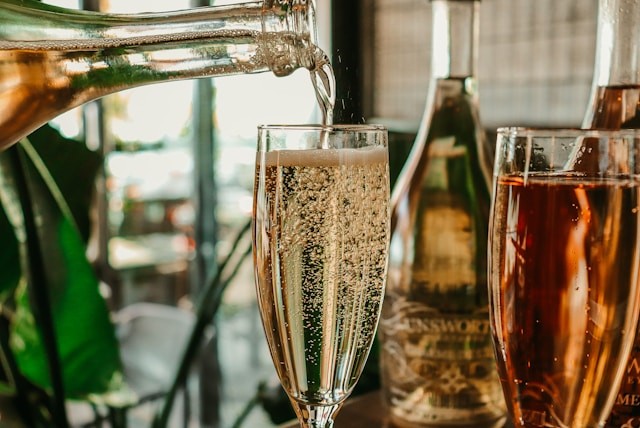
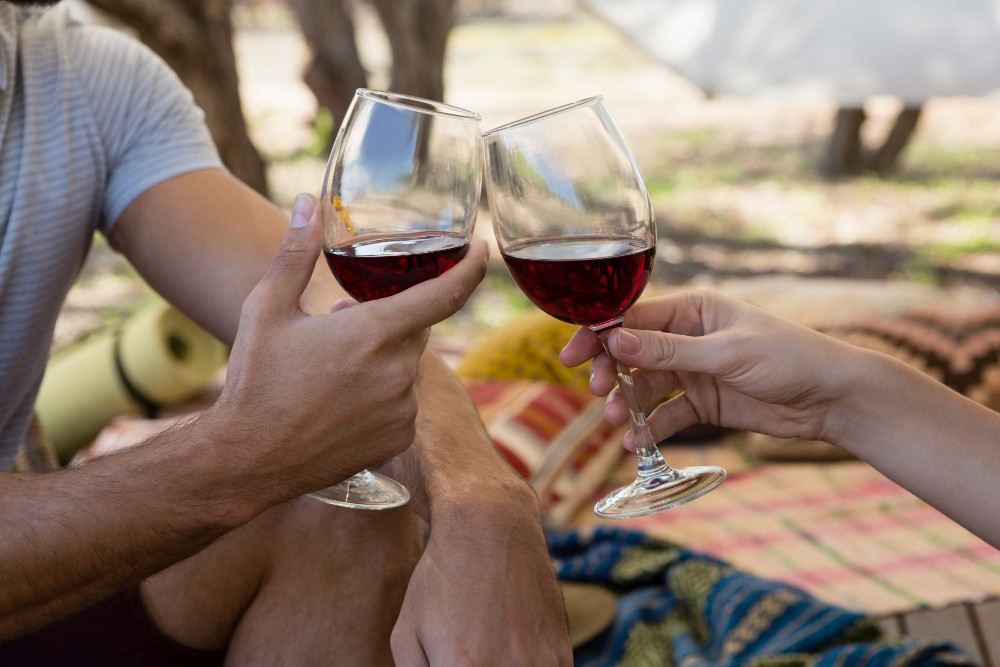
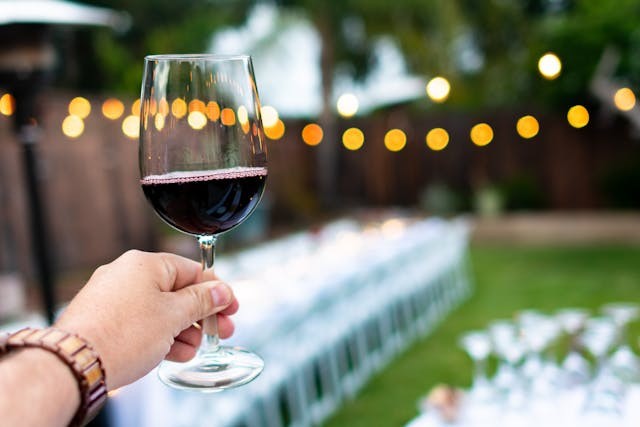

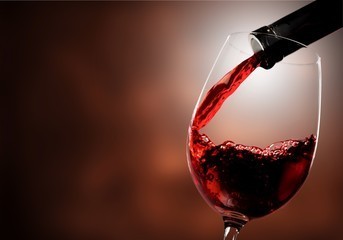
Leave a comment